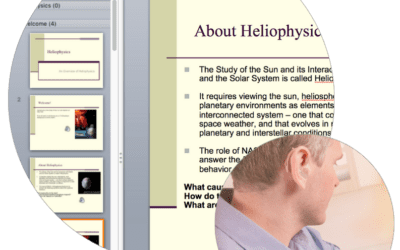Federal Agencies Struggle with Section 508 Compliance
After a decade, the Justice Department has finally updated us on federal technology accessibility. The February report highlights how well federal agencies are meeting the requirements of Section 508 of the Rehabilitation Act of 1973. This law demands that federal electronic information be accessible to people with disabilities.
The report shows mixed results. While some agencies have made progress, others lag behind. For example, the Departments of Agriculture, Labor, State, and Veterans Affairs reported that 50% or fewer of their public-facing websites meet Section 508 standards. This indicates a significant gap in federal technology accessibility.
Challenges and Criticisms
In the 2012 report, the DOJ noted “mixed levels of success” and recommended more training and Section 508 compliance offices. Ten years later, the situation has not improved much. Staffing shortages, lack of resources, and inadequate training still hinder efforts to boost web accessibility. Six agencies saw a decrease in staffing, seven saw an increase, and eleven had no change.
Senator Bob Casey (D-Pa.) criticized the new report as “insufficient and incomplete.” He stressed that the DOJ’s lack of detailed data makes it hard to assess progress and address problems. Casey urged for more comprehensive reports to better track improvements in federal technology accessibility.
Despite these issues, the report provides some insight. It reveals that 10% of agencies’ public-facing websites are not fully accessible, with an overall compliance rate of 86% for Section 508. However, data distortion remains an issue. Removing results from one agency’s tests can significantly alter compliance rates.
Internal websites fare worse, with only 41% fully accessible to people with disabilities. Additionally, two-thirds of PDFs published by agencies are not accessible.
Positive Developments and Recommendations
On a positive note, the report highlights some successes. The Office of Personnel Management and the Department of Veterans Affairs achieved high PDF accessibility. The departments of Labor and Education effectively measure compliance, and the Energy and Interior Departments have increased their testing efforts.
To tackle these challenges, DOJ recommended 21 measures. Agencies should assess their Section 508 programs, develop clear plans for progress, and require Section 508 training for all employees and contractors.
For those seeking to meet technology accessibility standards in eLearning, CourseAvenue provides a solution that ensures full Section 508 compliance. CourseAvenue enables you to author, manage, track, and deliver eLearning content that meets federal accessibility requirements.





